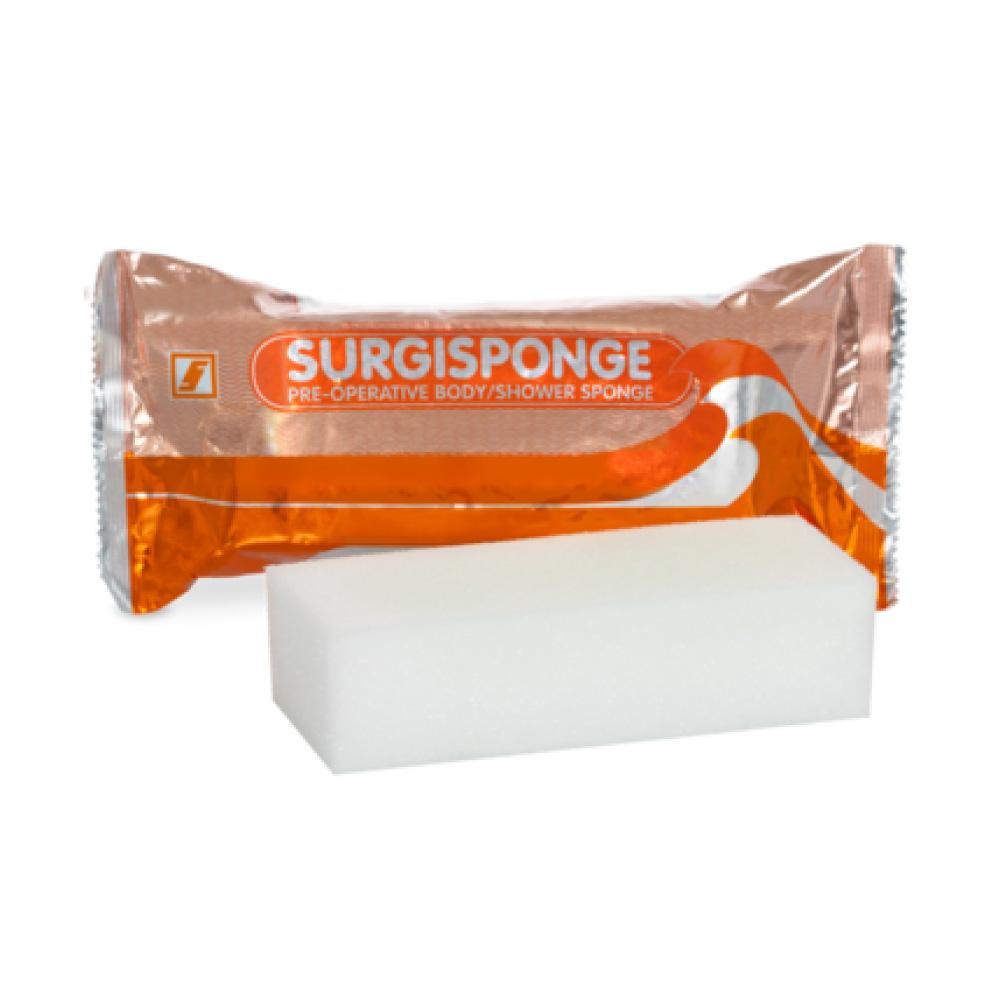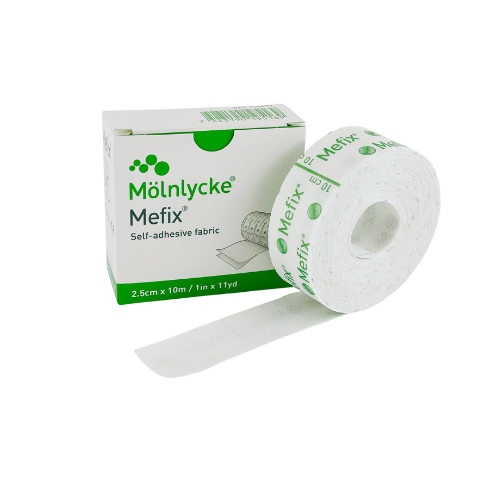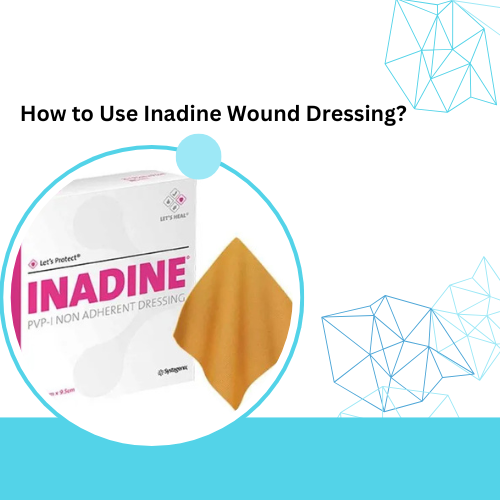What is a Surgisponge used for?
A Surgisponge is primarily used in surgical settings for several important purposes:
- Fluid Absorption: Surgisponges effectively absorb blood and other fluids during procedures, helping to maintain a clear surgical field.
- Hemostasis: They assist in controlling bleeding by applying pressure to surgical sites, aiding in the clotting process.
- Wound Packing: Surgisponges can be used to pack wounds, providing support and promoting healing while minimizing the risk of infection.
- Sterile Barrier: They create a sterile barrier in the surgical area, reducing the risk of contamination.
- Instrumentation Handling: Surgisponges can be used to hold or stabilize instruments during surgery, enhancing precision.
- Tissue Protection: They help protect surrounding tissues from damage during surgical manipulation.
Overall, Surgisponges are vital for maintaining a safe and efficient surgical environment, contributing to better patient outcomes.
How to Use Surgisponge?
Using Surgisponge effectively requires careful attention to technique and protocols. Here’s a step-by-step guide: 1. Preparation
– Gather Supplies: Ensure you have all necessary materials, including Surgisponge, sterile gloves, and other surgical instruments.
– Check Sterility: Verify that the Surgisponge packaging is intact and sterile before use.
2. Application
– Positioning: Place the Surgisponge at the surgical site where absorption or hemostasis is needed.
– Absorption: Gently press the sponge onto the area to absorb fluids. Avoid excessive pressure that could cause tissue damage.
3. Hemostasis
– Pressure Application: If controlling bleeding, apply firm, consistent pressure with the sponge. Hold it in place as needed until bleeding subsides.
– Replacement: If the sponge becomes saturated, replace it with a fresh one to maintain effectiveness.
4. Wound Packing
– Technique: When packing a wound, gently fill the cavity with the sponge, ensuring that it conforms to the shape of the wound without overpacking.
– Securing: Use additional materials, such as gauze or dressings, to secure the sponge in place.
5. Post-Use Management
– Count and Document: Keep an accurate count of all sponges used during the procedure to prevent retention in the surgical site. Document in the surgical log.
– Disposal: Dispose of used sponges according to hospital protocols for biohazard waste.
6. Follow-Up
– Monitor: After the procedure, monitor the surgical site for any signs of excessive bleeding or infection.
– Patient Care: Provide appropriate post-operative care instructions to the patient, including wound care.
Where to Buy Surgisponge?
You can purchase Surgisponge products from various medical supply companies, including Joya Medical Supplies. You might also find them on online platforms like Amazon, eBay, or specialized medical supply websites. If you’re looking for specific types or sizes, it’s a good idea to check the availability directly on those sites or contact them for assistance.
Conclusion
Proper use of Surgisponge is crucial for effective fluid management and patient safety during surgical procedures. By following these steps and adhering to institutional protocols, surgical teams can enhance their efficiency and ensure optimal patient outcomes.




